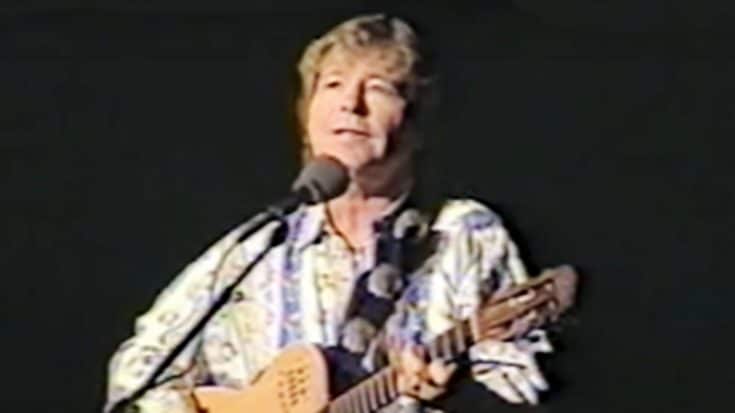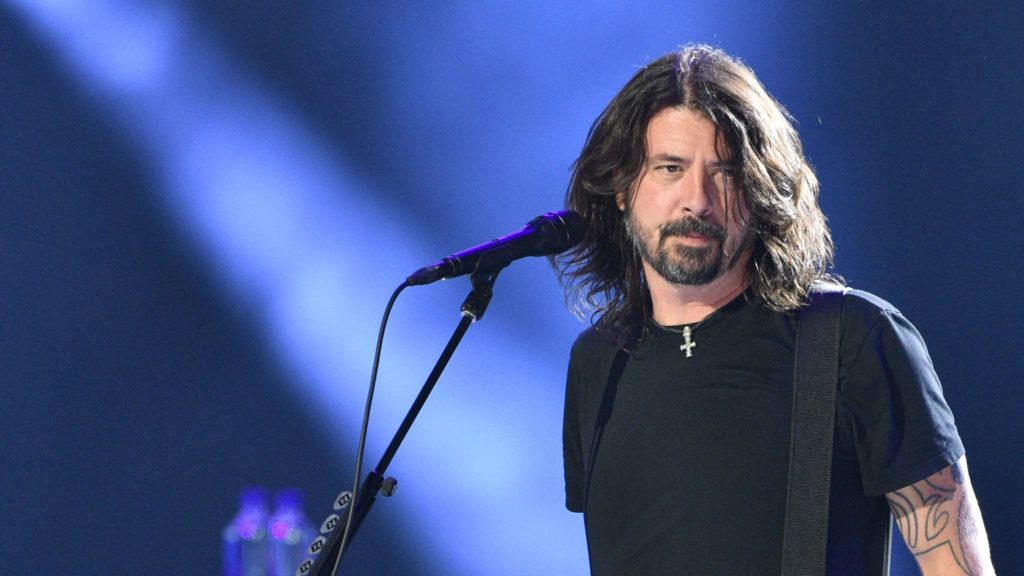Chris Martin, the lead vocalist of Coldplay, is adamant that cooperation is the key to creating a successful band. It may be safe to claim that. The band’s vocalist was adamant that their commitment to cooperation was the reason they had managed to remain a unit for more than 20 years without experiencing significant issues.
Chris, however, wasn’t the only one who adhered firmly to the maxim; several of the most well-known rock bands, like U2 and R.E.M., also stressed the need of cooperating and sharing equally in publication rights. This line of reasoning was so successful that even when R.E.M. ultimately decided to break up, it wasn’t because of interpersonal conflicts but rather because they were going to burn out creatively.
In light of the rockers who successfully embraced cooperation, it might also be important to remember that some other musicians weren’t as enthusiastic about the issue. A few icons have cherished having complete control over their performances and managing the creative platform on their own.
Kurt Cobain used to operate the band like it was a one-man show, and while he encouraged his comrades to submit fresh ideas, the singer frequently would go along with the songs he’d written and arranged by himself. For instance, Nirvana’s former guitarist, Jason Everman, recently recounted this. Kurt didn’t seem to be a big fan of the idea of working in a team.
Kurt Cobain likely believed that he would continue with the same creative process—reluctantly soliciting his bandmates’ suggestions while he crafted his next riff or lyrics—even after Everman left Nirvana and Chad Channing was substituted as the drummer.
Although Dave, the new drummer on the block, seemed to be a guitar prodigy, it didn’t take him long to start creating his own riffs and sharing them with the class, perhaps asking, “Hey, I’ve got a new piece, want to try it out?”
Well, Grohl presumably spoke those comments on a certain day when the band was recording the song that would become “In Utero,” and he said that he had a guitar riff he wanted Cobain and Krist Novoselic would listen to. Dave was confident he had nailed it after performing for his bandmates.
Kurt, on the other hand, disagreed, describing the rocker’s riff as “the most cliche, grunge Tad riff” ever and feeling that it lacked genuineness. The vocalist opted not to express her displeasure with Dave’s new melody in public and finally consented to work on the riff in order to save Grohl’s feelings.
Cobain was astounded by the development of the song when they began to work on it collectively. And so, ‘Scentless Apprentice,’ a song that both foreshadowed Kurt’s untimely death and was inspired by his all-time favorite novel, was formed. Kurt Cobain first disliked the song, but once the three Nirvana friends began to jot down the words together, it turned out to be something special, and the song eventually became the first Nirvana composition to earn songwriting credits from every member.
In 1993, while talking with Michael Azerrad, Dave came up with the song. Cobain recounted this and how, despite his initial displeasure with the drummer’s enthusiasm to record the phony riff, he had approved the recording because he didn’t want to discourage his bandmate. Kurt, however, came to the conclusion that perhaps collaboration wasn’t so awful after all when the band began writing the lyrics, and he was finally pleased that his efforts had transformed Dave Grohl’s unimpressive riff into a terrific song.
‘Scentless Apprentice’s’ origins, in the words of the rocker:
“It [Dave’s riff] was such a cliché grunge Tad riff that I was reluctant to even jam on it. But I decided to write a song with that just to make [Grohl] feel better, to tell you the truth, and it turned out really cool.
I think most of the reason that song sounds good is because of the singing style and the guitar parts I do over the top of the basic rhythm. But hell, that was great.”
It helped Cobain realize his bandmates could also come up with creative ideas, so perhaps working with them wasn’t as intimidating after all, the frontman said, noting that the song became a great piece because of his singing style and guitar overdubs.










